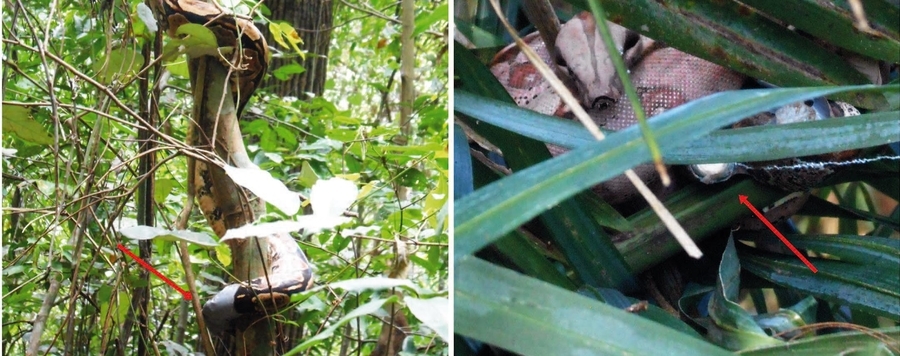
Use of the spool-and-line technique for studying microhabitat selection and daily movement of snakes in the Atlantic Forest of Brazil
The spool-and-line technique was originally proposed by Breeder (1927) for chelonians, refined by Miles (1976), and has since been used with different animals such as mammals (Vieira & Cunha 2002, Delciellos et al. 2018), anurans (Tozetti & Toledo 2005), turtles (Famelli et al. 2016), lizards (Sanches & Grings 2018, Law et al. 2016), snakes (Tozetti et al. 2009, Waddell et al. 2016), and even snails (Murphy 2002). However, the exact manner in which the thread-bobbins are attached is different for each group, and few studies detail the procedures to apply this technique properly (Vieira & Loretto 2005, Tozetti & Martins 2007). We used spool-and-line devices to monitor the movements of 48 snakes, representative of 20 species, in the northeastern Atlantic Forest of Brazil. We here describe the application of this method and discuss its efficiency for snakes of different species, sizes, and habits.






